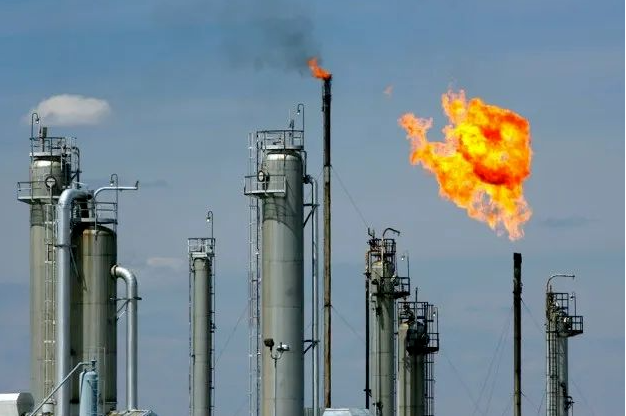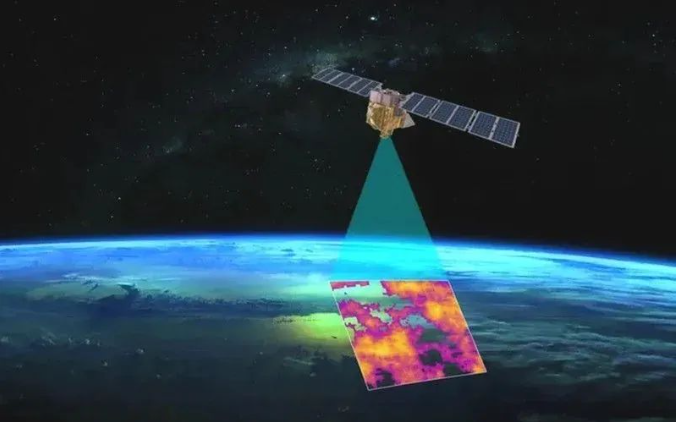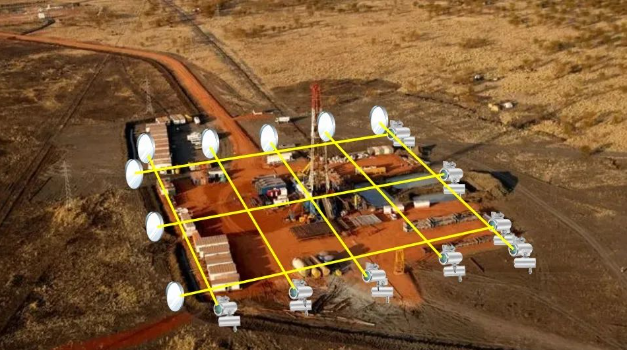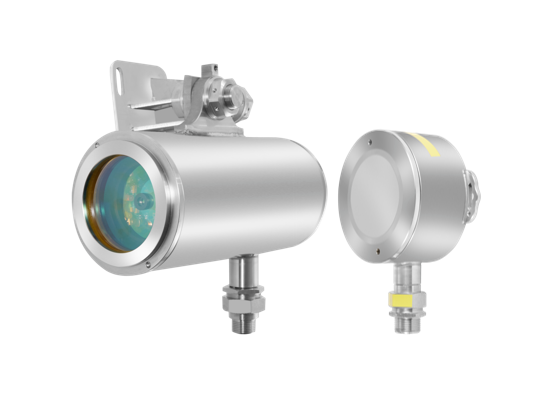
ABOUT
Hanhai Opto-electronic is a major scientific research achievement transformation institution of the Hefei Institute of Physical Science, Chinese Academy of Sciences.
Methane is the second largest greenhouse gas after carbon dioxide. According to the data from the Working Group I Report of the Sixth Assessment Report of the United Nations Intergovernmental Panel on Climate Change (IPCC), the global warming potential (GWP) of methane from fossil and non-fossil energy sources is 29.8 times and 27.2 times that of carbon dioxide over a 100-year time horizon, respectively. While within a 20-year time horizon, the warming potentials are 82.5 and 80.5 times that of carbon dioxide, respectively.

The Environmental Defense Fund (EDF), which works closely with the United Nations Environment Program (UNEP), plans to launch the MethanSAT satellite in March this year to monitor global methane emissions. Subsequently, on February 15th, Google announced its collaboration with EDF to utilize the MethanSAT satellite and Google's artificial intelligence to identify methane emissions from oil and gas infrastructure and map global pollution sources. This will serve as a basis for promoting and guiding governments and industries to make commitments to reducing methane emissions.

EDF has long advocated a scientific focus on methane issues. The scientific credibility of the MethanSAT satellite and the global methane pollution source map created by Google should be verified through ground-based measurements in order to provide reliable guidance for global methane management. Fred Krupp, President of EDF, also emphasized that "to promote and guide methane actions, data must be based on actual measurements, not just estimates." The importance of reliable ground-based measurements of methane pollution sources is further highlighted with the launch of the MethanSAT satellite. However, there has always been a lack of reliable and accurate measurement methods and technical equipment for precise measurement of large-scale methane emissions from oil and gas fields and coalfields. This has limited ground-based measurement verification to theoretical discussions or the use of indirect measurement estimation methods.
Hanhai Company's methane trace gas monitoring system utilizes ultra-long-range TDLAS laser detection technology to monitor methane emissions over a large area (square kilometers), achieving precise ppm-level measurements. The monitoring system employs multiple fixed reflective laser methane telemetry instruments with a telemetry range of up to 1,000 kilometers. These instruments are deployed overhead methane pollution sources such as oil and gas fields, coalfields, and landfills, creating a methane concentration measurement and monitoring optical network using multiple laser beams (see the figure below). Data is collected every second and compared and verified against data obtained from remote sensing satellites. By combining the obtained concentration data with methane dispersion parameters in the air (using established calculation formulas), precise methane emissions can be calculated. This system is currently a global first.

Reliable methane and carbon dioxide emission measurement technology can enable China to have a louder voice in international climate change forums and protect the Belt and Road Initiative. At the same time, it is an important guarantee for China to assess its carbon situation and achieve the dual carbon targets.
Fixed Reflective Laser Gas Telemetry Instrument for Methane

01 Broad Detection Area
The fixed reflective laser gas telemetry instrument has a maximum detection distance of up to 1 kilometer.
02 Preventive Monitoring
Different from the traditional detection mode of passive waiting at fixed points, this is active monitoring. With a response time of only 1 second, it can achieve large-scale trace gas monitoring.
03 Integrated Transmission and Reception, Flexible Installation
The laser transmitting end and receiving end are integrated into one end, while the other end only requires the installation of a reflecting device. This makes installation convenient and enables rapid identification of pollution sources.
04 Strong Anti-Interference Capability
Compared to traditional detectors that are easily interfered by environmental factors and cross-gases, this instrument has strong anti-interference capabilities. Fingerprint-based detection ensures zero false alarms.
05 Accurate Measurement
The leaked gas concentration value can be quickly obtained through spectral inversion algorithms, with a sensitivity of up to 1ppm.m, completely eliminating false alarms and missed detections.
06 Long Lifespan and "0" Maintenance
The product has a lifespan of up to 10 years and requires no calibration, saving operational costs throughout its entire lifecycle.
TEL:400-055-1239 (9:00~17:00)
MAIL:lisghanhai@gkhhlaser.com
ADDR:302 Floor, Building 5, No. 18, Kechuang 13th Street, Beijing Economic and Technological Development Zone
